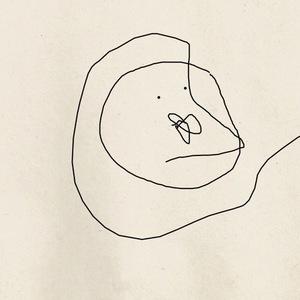A collection of science & technology news that I found interesting this month. Since this is the first of these posts, I have some catching up to do, so there are older links as well. Many of these relate to tech that’s covered in “Machinehood,” as well as other stories, but some are here purely for inspiration.
Could Planet 9 be a primordial black hole?
For several years, astronomers and cosmologists have theorized about the existence of an additional planet with a mass 10 times greater than that of Earth, situated in the outermost regions of the solar system. This hypothetical planet, dubbed Planet 9, could be the source of gravitational effects that would explain the unusual patterns in the orbits of trans-Neptunian objects (TNOs) highlighted by existing cosmological data.
Converting Sunlight into Fuels - Caltech Magazine
Nature has had billions of years to perfect the marvel of photosynthesis, in which light energy from the sun powers a reaction between carbon dioxide and water inside plants (and certain bacteria) to create food. Of all the light plants receive, however, just 1 percent is used for this process.
Smart Capsule for Sampling Microbiome of GI Tract |
The details of what goes on within the GI tract are still largely unknown to medical science. Bacteria come in a huge variety and the microbiome within the gut can be radically different from place to place.
First ever observation of 'time crystals' interacting
For the first time ever, scientists have witnessed the interaction of a new phase of matter known as "time crystals". The discovery, published in Nature Materials, may lead to applications in quantum information processing because time crystals automatically remain intact-coherent-in varying conditions. Protecting coherence is the main difficulty hindering the development of powerful quantum computers.
New microrobot with in situ, in vivo bioprinting offers promise for gastric wounds
Researchers in China have taken the first step towards a new way of treating gastric wounds by using a microrobot combined with the new concept of "in situ in vivo bioprinting" to carry out tissue repair inside the body. Their study, published today in the IOP Publishing journal Biofabrication, establishes proof-of-concept for this new method in the field of bioprinting.
True nature of consciousness: Solving the biggest mystery of your mind
Far from being a mystical "ghost in the machine", consciousness evolved as a practical mental tool and we could engineer it in a robot using these simple guidelines CONSCIOUSNESS is a slippery concept. It isn't just the stuff in your head. It is the subjective experience of some of that stuff.
New technology promises to revolutionize nanomedicine
Researchers from the Moscow Institute of Physics and Technology and their colleagues from Shemyakin-Ovchinnikov Institute of Bioorganic Chemistry and Prokhorov General Physics Institute of the Russian Academy of Sciences have developed a breakthrough technology to resolve a key problem that has prevented the introduction of novel drugs into clinical practice for decades.
Interaction dynamics between designer microrobots and the immune system
Mobile medical microrobots can now be engineered in the lab for broad ranging applications from personalized disease treatment to targeted drug delivery. During their structural design, bioengineers aim to minimize physical interactions with cells of the immune system by optimizing the morphology (shape) of the device and its surface chemistry.

